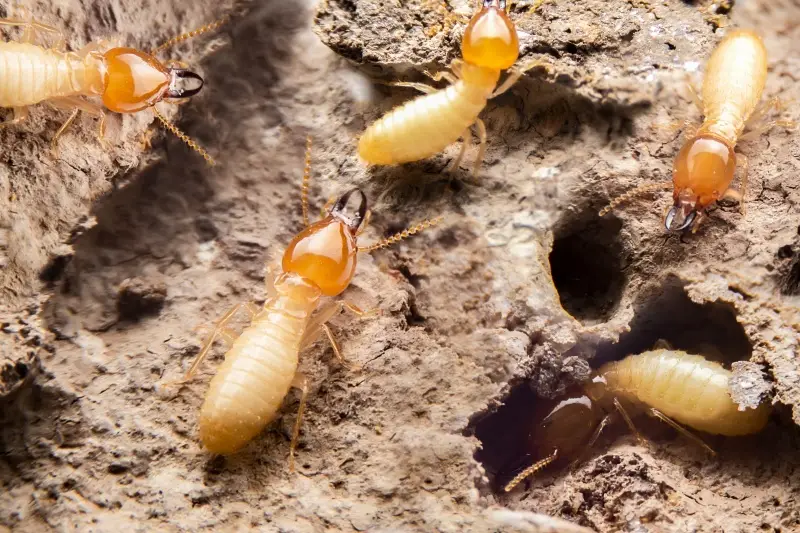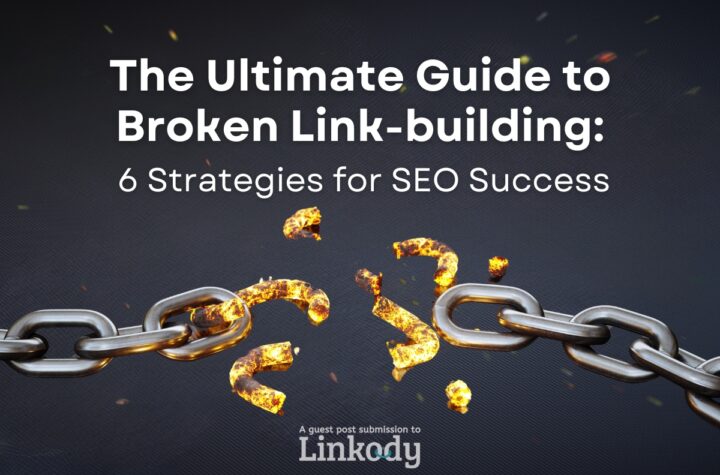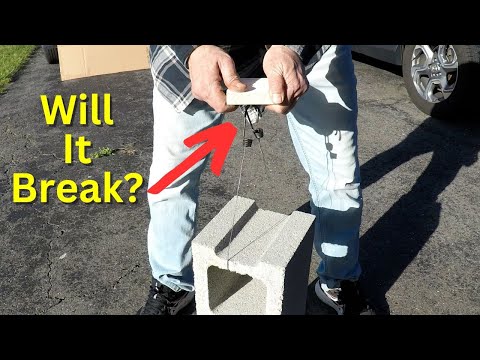
For over 250 million years, termites have held one primary beneficial role. Breaking down rotting wood in wide open spaces. They continue to provide that role today. However, in the modern era they seem to be more intent on turning perfectly good wood into a meal. Termites are nothing more than wood-destroying insects that cost USA residents an estimated $5 Billion to repair and mitigate termite damage.
And that damage extends well beyond wood structures to include plastic pipes and sheet-rock paper. They cause more damage to homes than do hail storms, tornadoes, and hurricanes combined. The saw-toothed jaws of tiny termites perform their destruction silently with little evidence until it is often too late. These critters can team-up by the millions to destroy homes that most homeowners insurance will not cover.
We permit this to happen because we do not take simple measures to protect our homes and business structures from termites. It is time we destroy these creatures around our structures and keep them confined to wide open nature where man-made structures do not exist. It is there that termites can benefit nature.
Types of Termites and Habits
There are over 2,300 species of termites worldwide and about 45 species in the US. The most common and the ones that cause the most damage to man-made structures are the Subterranean and Drywood Termites. Much like ants and bees, the most colonies exist within a caste system of 3 different social classes with defined roles.
There can be multiple queens and a kings (reproduction class) in a colony and they are not necessarily monogamous. Worker and soldier termites in most species are blind. The kings and queens develop eyes when they reach adulthood. Queens lay the eggs with kings providing the sperm. Within the colony, they communicate by emitting chemical signals.
Some queens can lay as many as 2,000 eggs each day. Over her lifespan, which could be as long as 45 years, she will generate millions upon millions of new termites. Considering there are multiple “reproductives” in a nest, you can imagine the exponential rate of new generations of these silent destroyers.
- Subterranean Termites. This group includes the Formosan Termite which is the most voracious. The Subterranean needs moisture and soil to exist. They build underground nests that are interconnected by tunnels. Colonies can include millions of termites. When the invade homes and structures, they must transport moist soil above ground to build mud tubes that will protect them from “drying out” and predators.
- Drywood Termites. Unlike subterranean termites, drywood termites live above ground and infest dry wood. They typically exist mostly in southern tier states from east to west. They are larger than than the subterranean variety and have much smaller colonies of about 3,000. They do not build tubes and often they are discovered by pellet feces. Like their cousins, they are fierce destroyers of buildings and homes.
Preventing and Controlling Termites
All homes and structures must be pretreated for termites by pest control services that are expert in termite prevention. It’s wise to have occasional professional termite inspections and possible maintenance treatments. If you discover possible evidence of termites, it is time to call a termite management specialist. Once they’ve infested your home, it is usually beyond the expertise of a home owner to eliminate them.
There Are Many Termite Prevention Methods
It is crucial to prevent standing water or constant excessive moisture of soil in around a home or structure, particularly foundations.
- Never permit ground soil to touch any wood portions of a home.
- Slope ground soil away from structures.
- Keep a barrier between grass lawns and plants and the structure.
- The less watering against structures, the better.
- Divert water away from foundations.
- Make sure gutter downspouts flow away from foundations.
- Properly ventilate crawl spaces
- Remove dead trees and tree stumps.
- Always store firewood away from your home.
Pest Therapy stands ready to assist if termites threaten your environment or structures, with its dedicated team able to detect subtle signs of their presence or suspicion and create a custom tailored termite treatment regimen designed specifically to target them. By choosing us, not only are you solving an immediate issue – you’re fortifying against future attacks with lasting protection guaranteed by choosing our service!
Architects of Destruction: How Termites Reshape Environments and Challenge Human Structures was first seen on https://pesttherapytx.com/





More Stories
Effective Spider Control Strategies, Facts and Prevention
Watering 101…No Need To Over Complicate Things!
Limited Growing Space Does Not Have to Mean Limited Color!